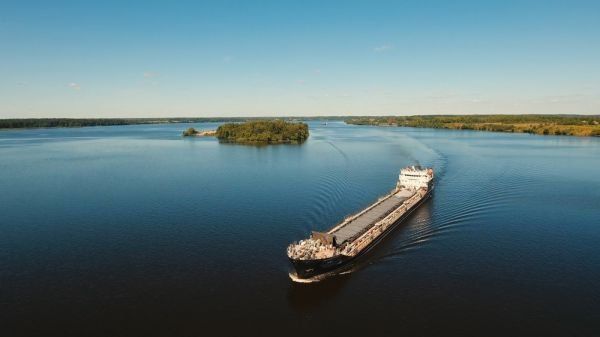$4.5 Million Awarded for NESP

The Navigation and Ecosystem Restoration Program (NESP) received $4.5 million dollars in the U.S. Army Corps of Engineers 2020 work plan. This funding would allow the expansion and modernization of seven antiquated locks on the Upper Mississippi and Illinois Rivers. The funding also recognizes and protects the ecological importance of these waterways while maintaining efficient trade routes.
The locks and dams on the Mississippi and Illinois Rivers are the lifeline of trade for the heart of our nation. The system was built in the 1930’s for a 50-year life span and significantly less amount of barge traffic. Barge tows are also larger today than they were when the system was constructed.
Rep. Cheri Bustos announced the funding and released a statement that said, “Our inland waterways are responsible for moving more than 600 million tons of goods each year, including agricultural products, but outdated and aging locks and dams could bring this local economic driver to a standstill. That’s why I’m pleased to announce this funding today, with Senators Durbin and Duckworth, to ensure we have modern and reliable locks and dams along our inland waterways. This has been one of my top priorities to make sure we can increase our region’s competitive edge, promote efficiency and support our local economy.”
Barge transportation is the most efficient way to export corn out of our state and across the globe. Having an even more efficient process will bring about more economic success.
Rep. Rodney Davis also released a statement that said, “I’m glad to see this administration providing the funding needed to restore our waterways along the Illinois and Mississippi Rivers,” said Davis. “Unfortunately, NESP was first authorized in 2007, but was not a priority of the last administration. Our outdated locks are threatening our state’s competitiveness. By prioritizing these projects, this administration is helping ensure Illinois and our nation can move their products to market without massive delays.”
For the full statement from Representative Bustos
For the full statement from Representative Davis
Additional Coverage






